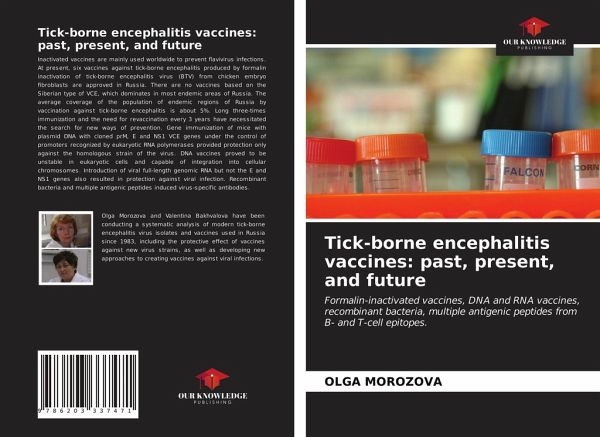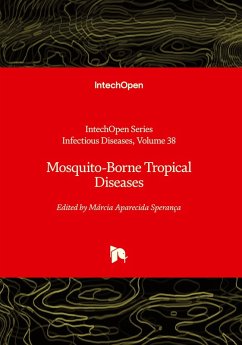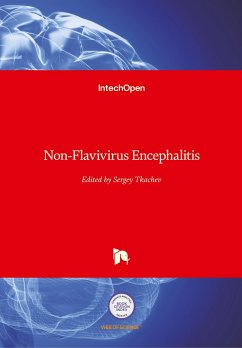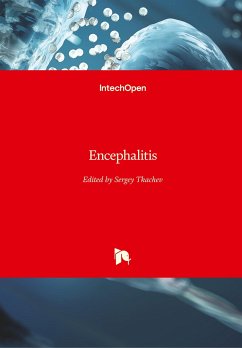
Tick-borne encephalitis vaccines: past, present, and future
Formalin-inactivated vaccines, DNA and RNA vaccines, recombinant bacteria, multiple antigenic peptides from B- and T-cell epitopes.
Versandkostenfrei!
Versandfertig in 1-2 Wochen
32,99 €
inkl. MwSt.

PAYBACK Punkte
16 °P sammeln!
Inactivated vaccines are mainly used worldwide to prevent flavivirus infections. At present, six vaccines against tick-borne encephalitis produced by formalin inactivation of tick-borne encephalitis virus (BTV) from chicken embryo fibroblasts are approved in Russia. There are no vaccines based on the Siberian type of VCE, which dominates in most endemic areas of Russia. The average coverage of the population of endemic regions of Russia by vaccination against tick-borne encephalitis is about 5%. Long three-times immunization and the need for revaccination every 3 years have necessitated the se...
Inactivated vaccines are mainly used worldwide to prevent flavivirus infections. At present, six vaccines against tick-borne encephalitis produced by formalin inactivation of tick-borne encephalitis virus (BTV) from chicken embryo fibroblasts are approved in Russia. There are no vaccines based on the Siberian type of VCE, which dominates in most endemic areas of Russia. The average coverage of the population of endemic regions of Russia by vaccination against tick-borne encephalitis is about 5%. Long three-times immunization and the need for revaccination every 3 years have necessitated the search for new ways of prevention. Gene immunization of mice with plasmid DNA with cloned prM, E and NS1 VCE genes under the control of promoters recognized by eukaryotic RNA polymerases provided protection only against the homologous strain of the virus. DNA vaccines proved to be unstable in eukaryotic cells and capable of integration into cellular chromosomes. Introduction of viral full-length genomic RNA but not the E and NS1 genes also resulted in protection against viral infection. Recombinant bacteria and multiple antigenic peptides induced virus-specific antibodies.














